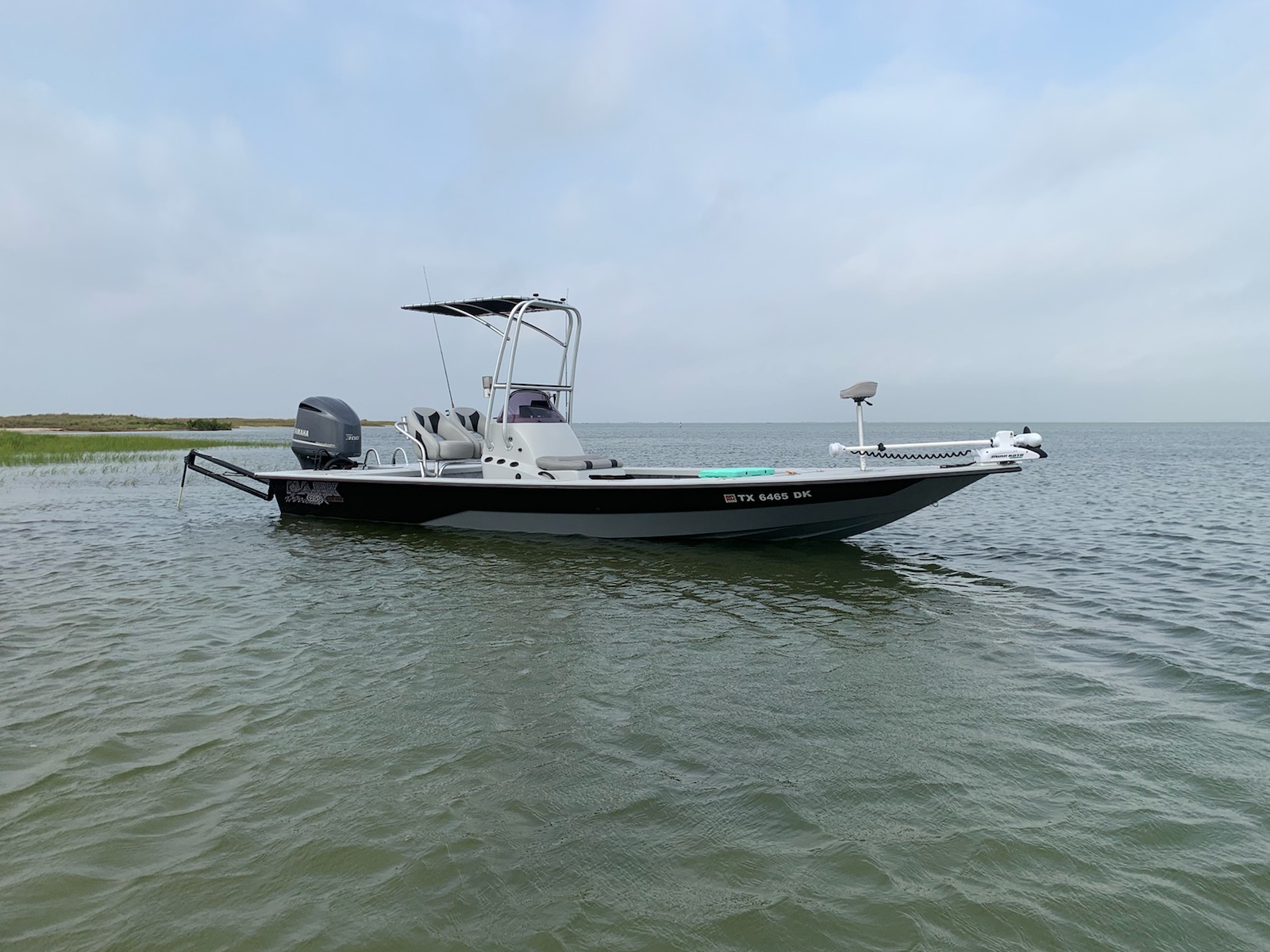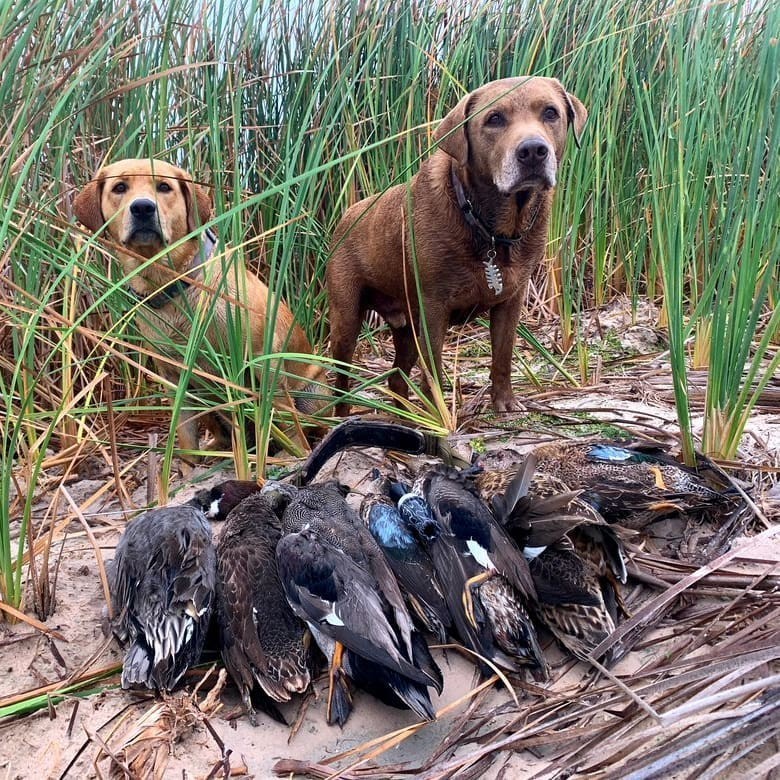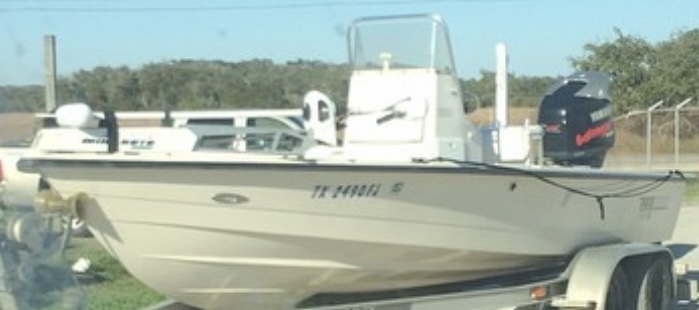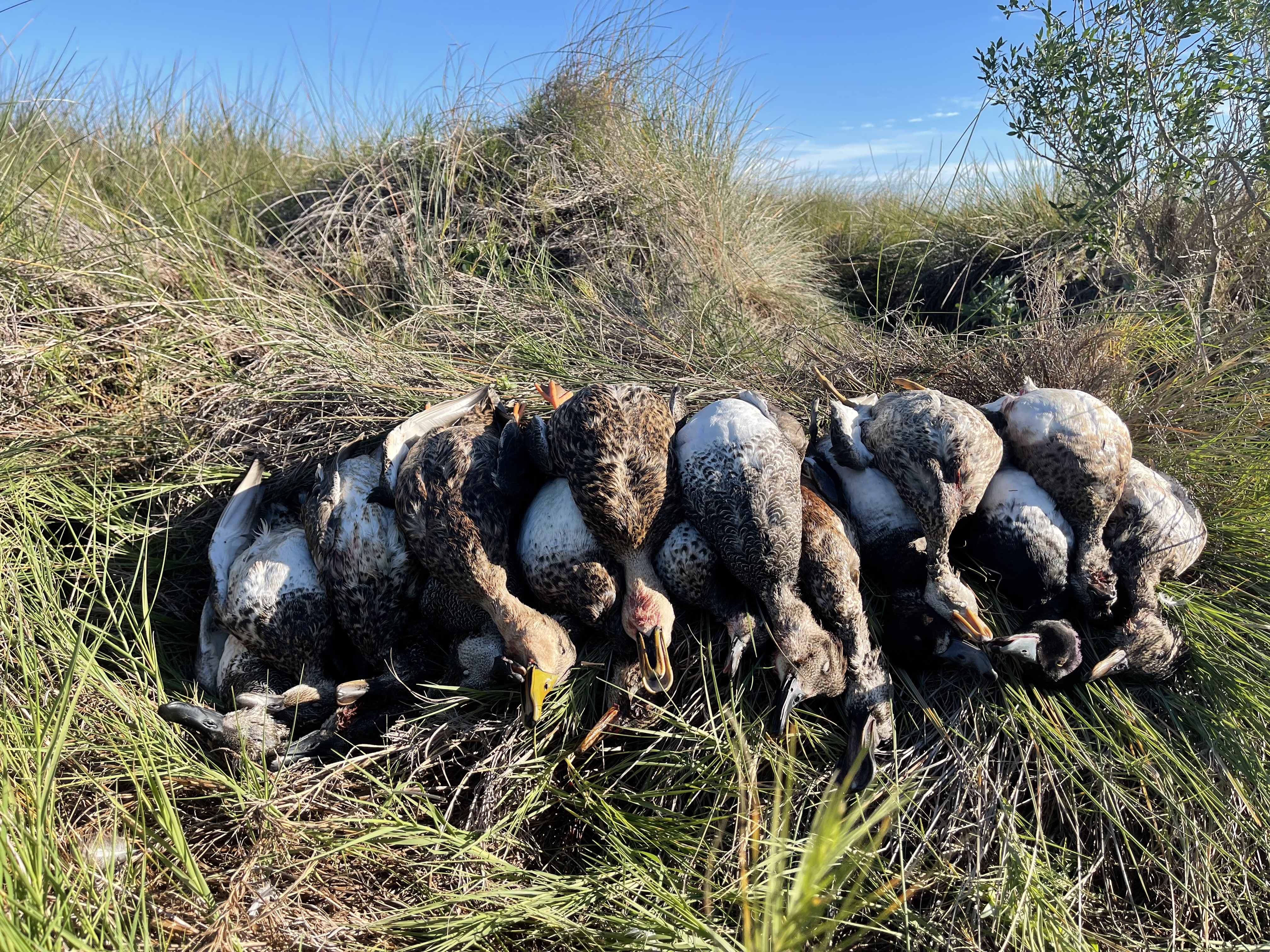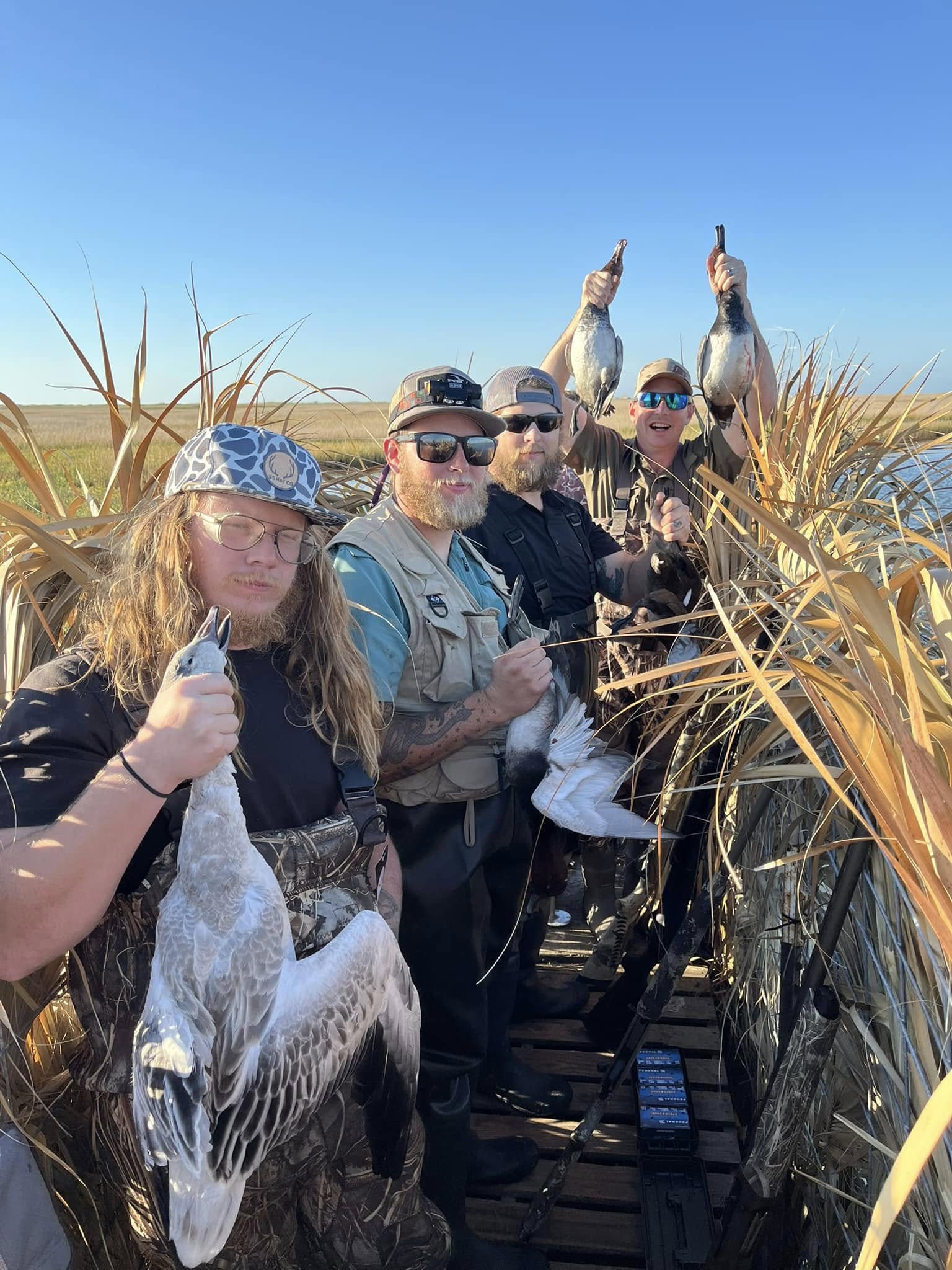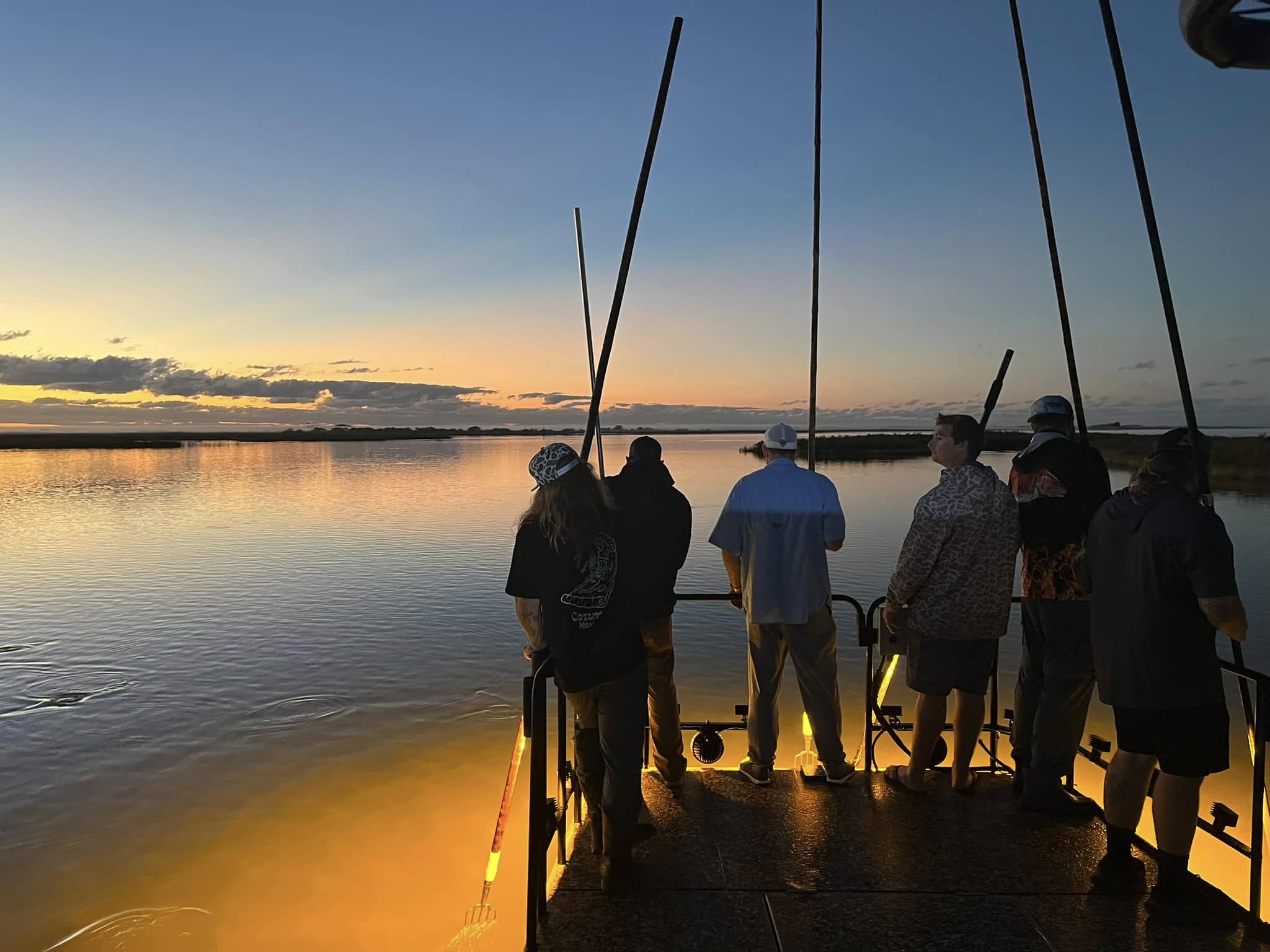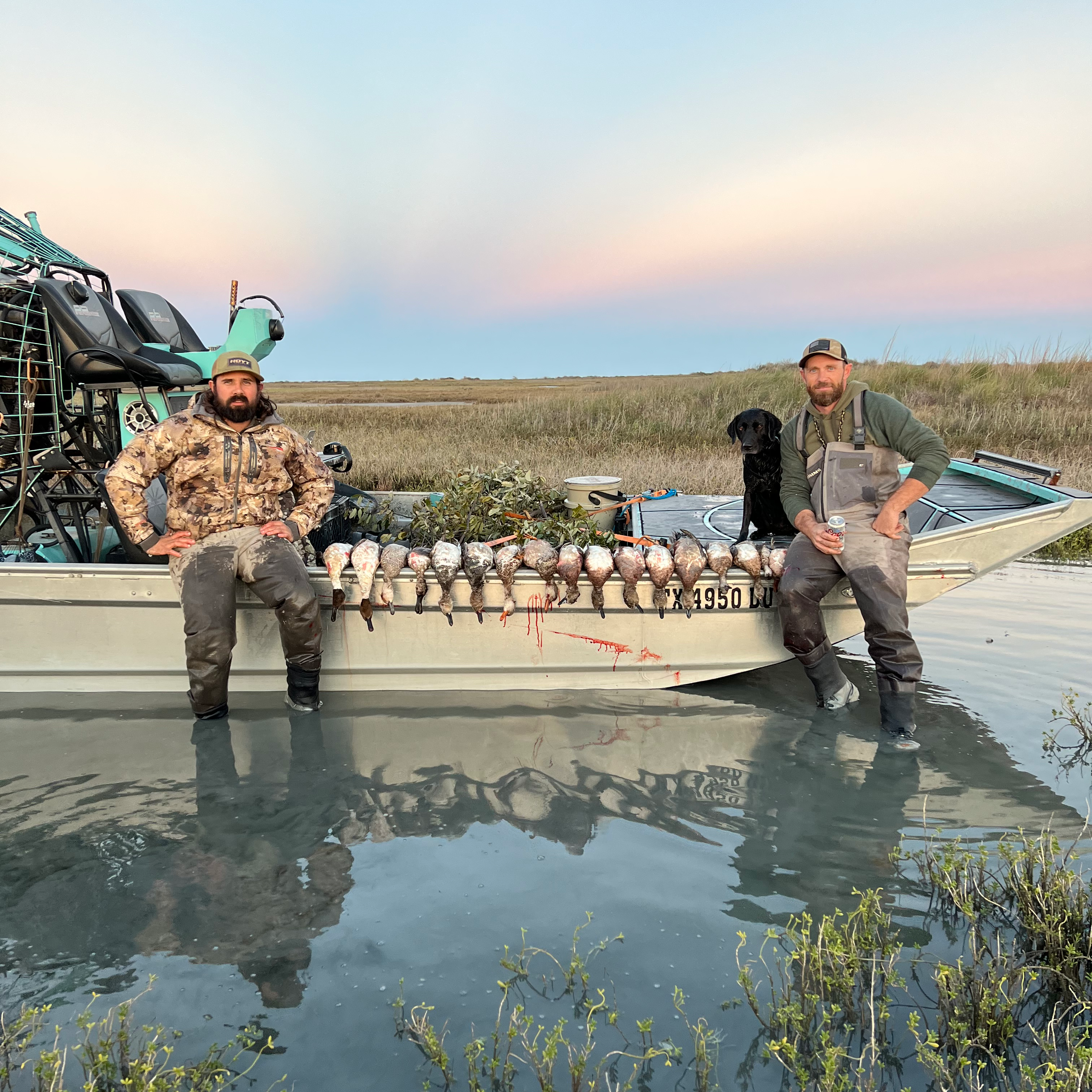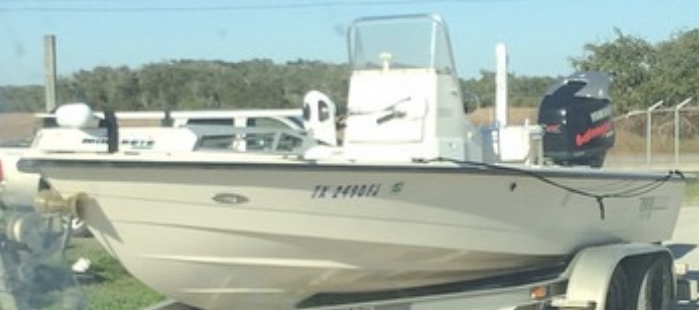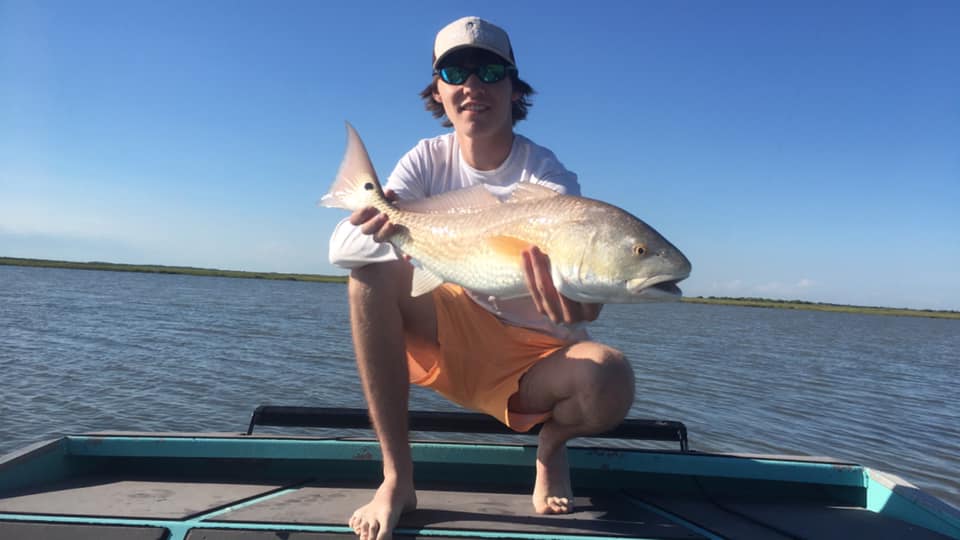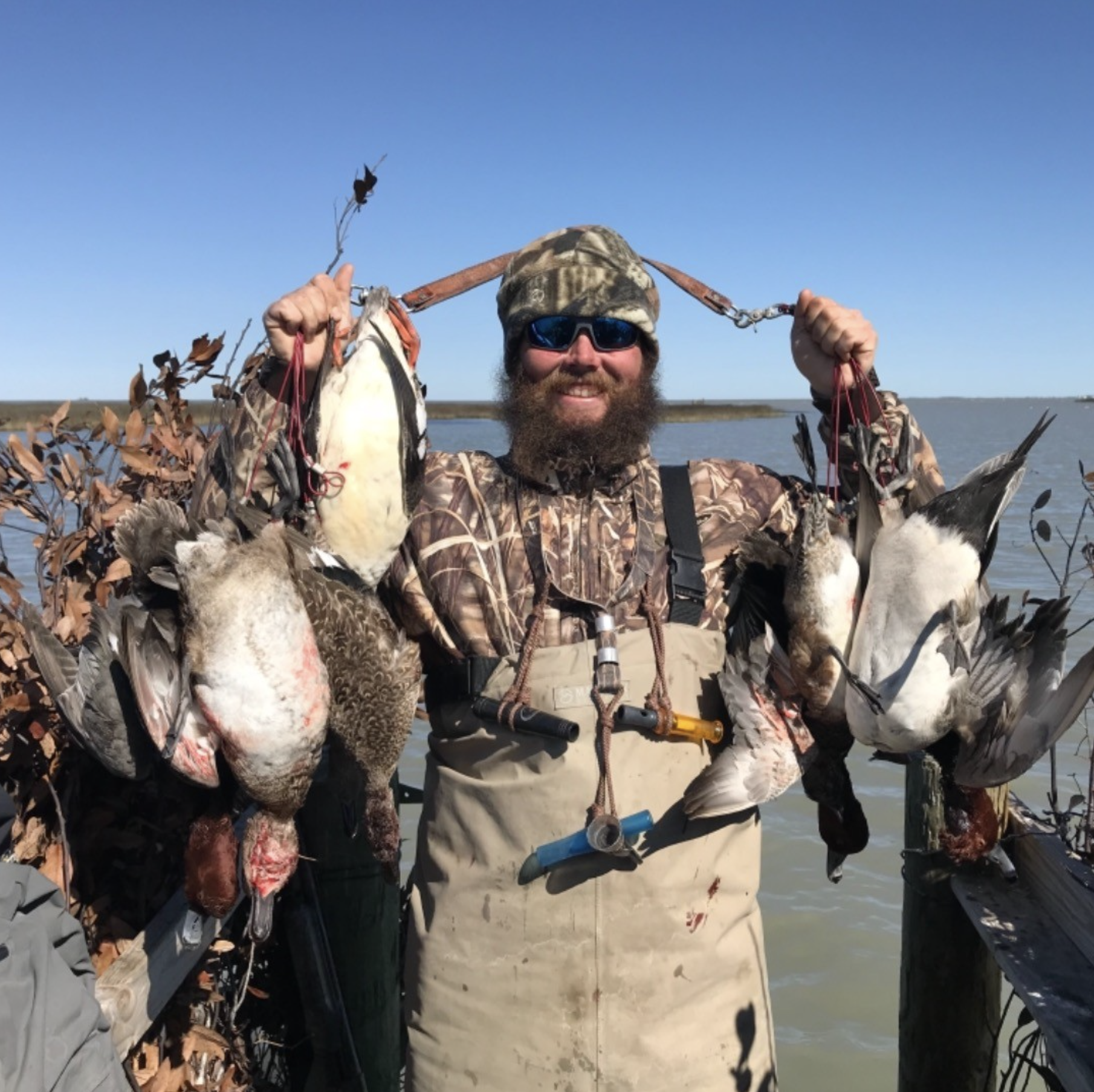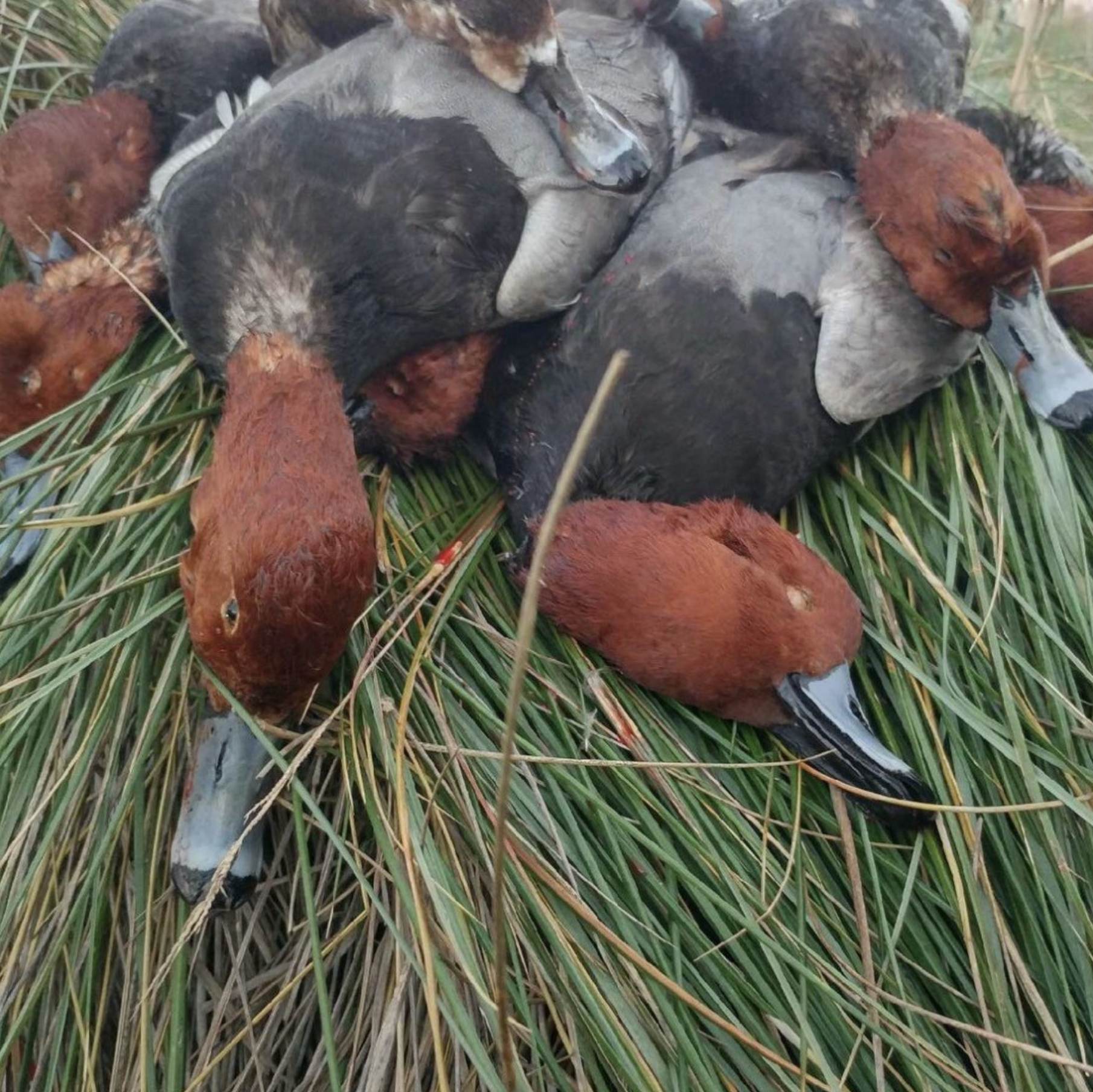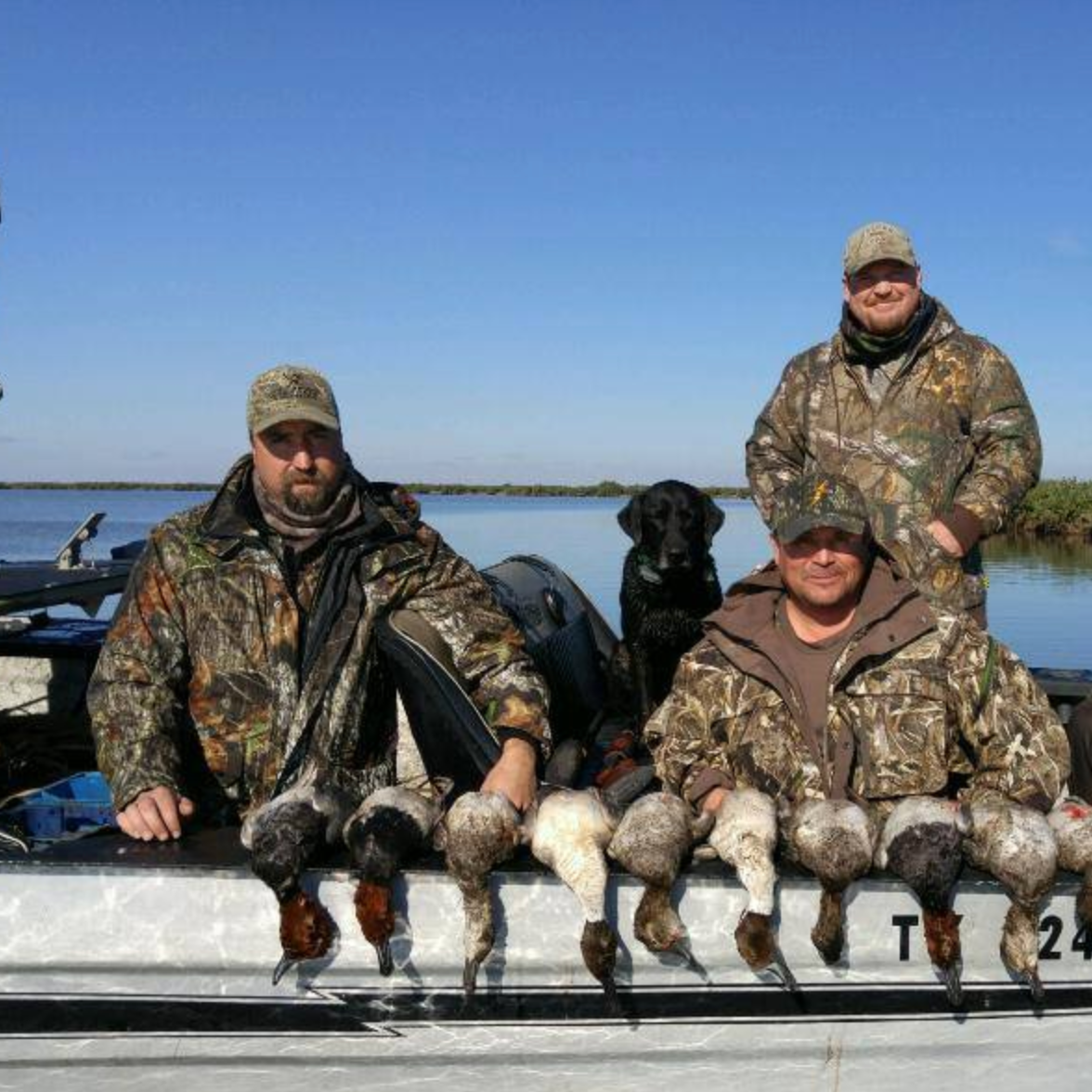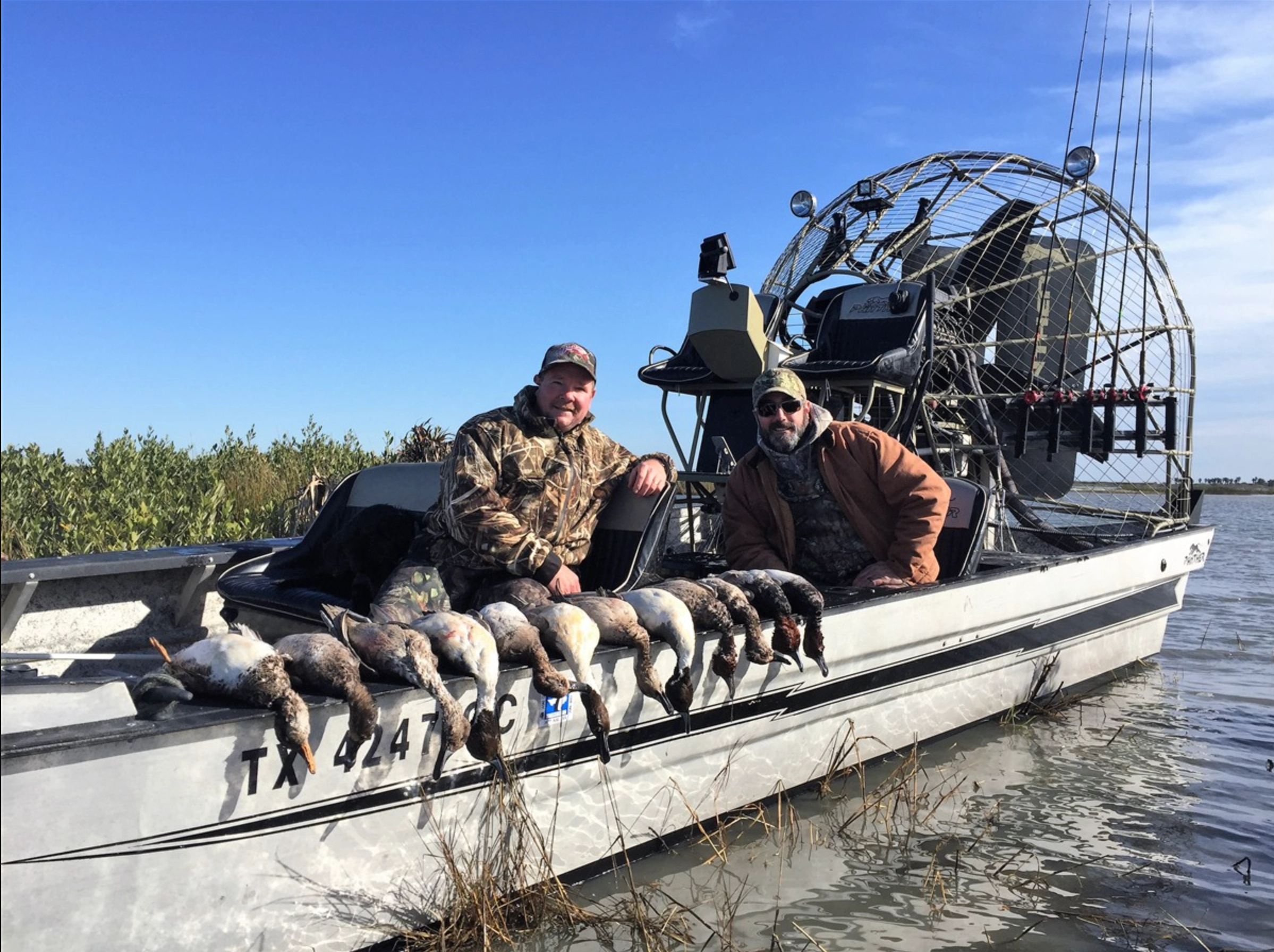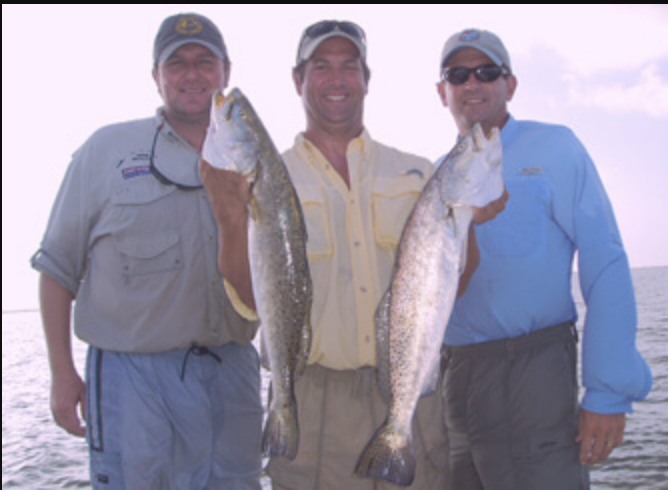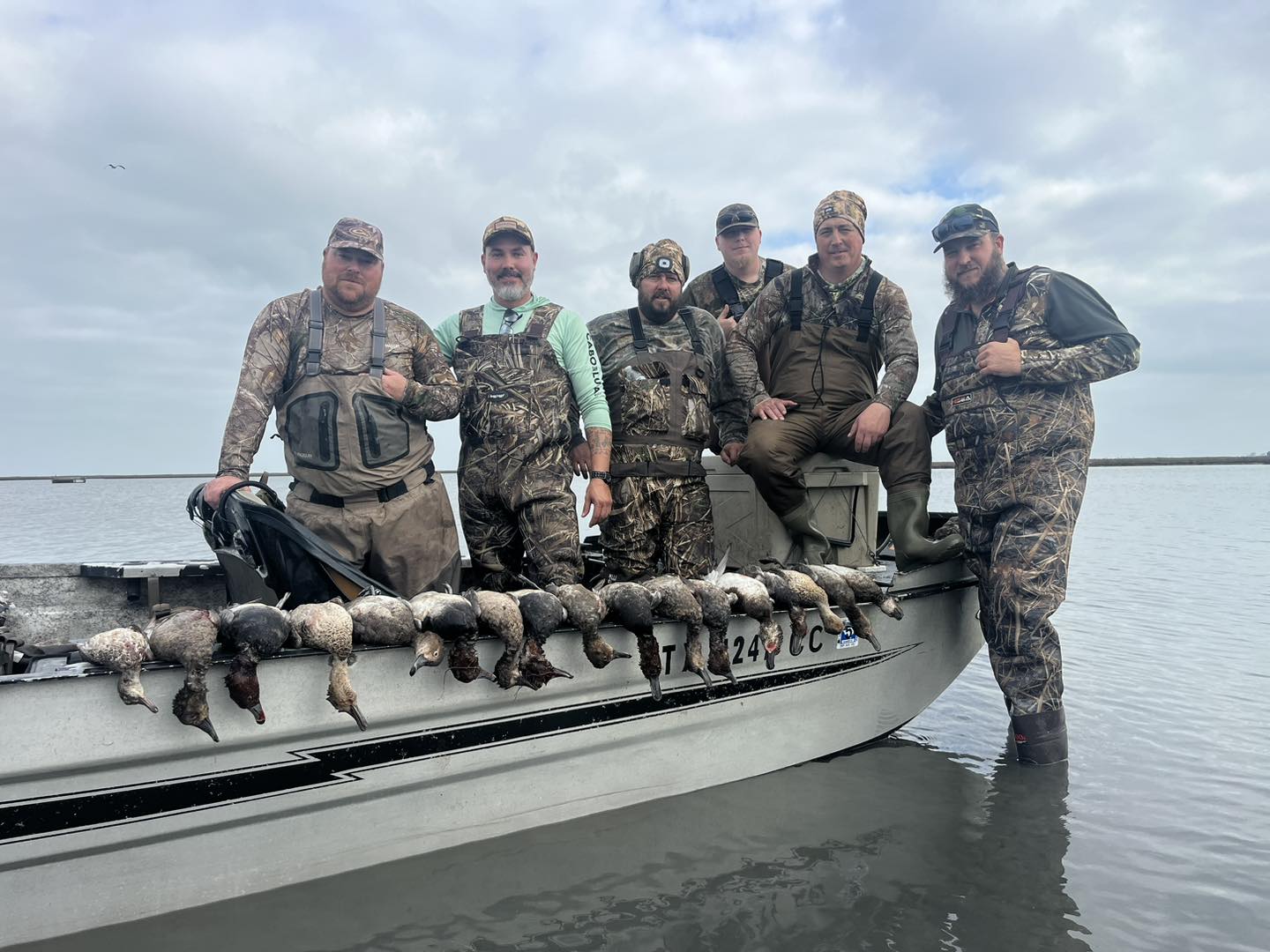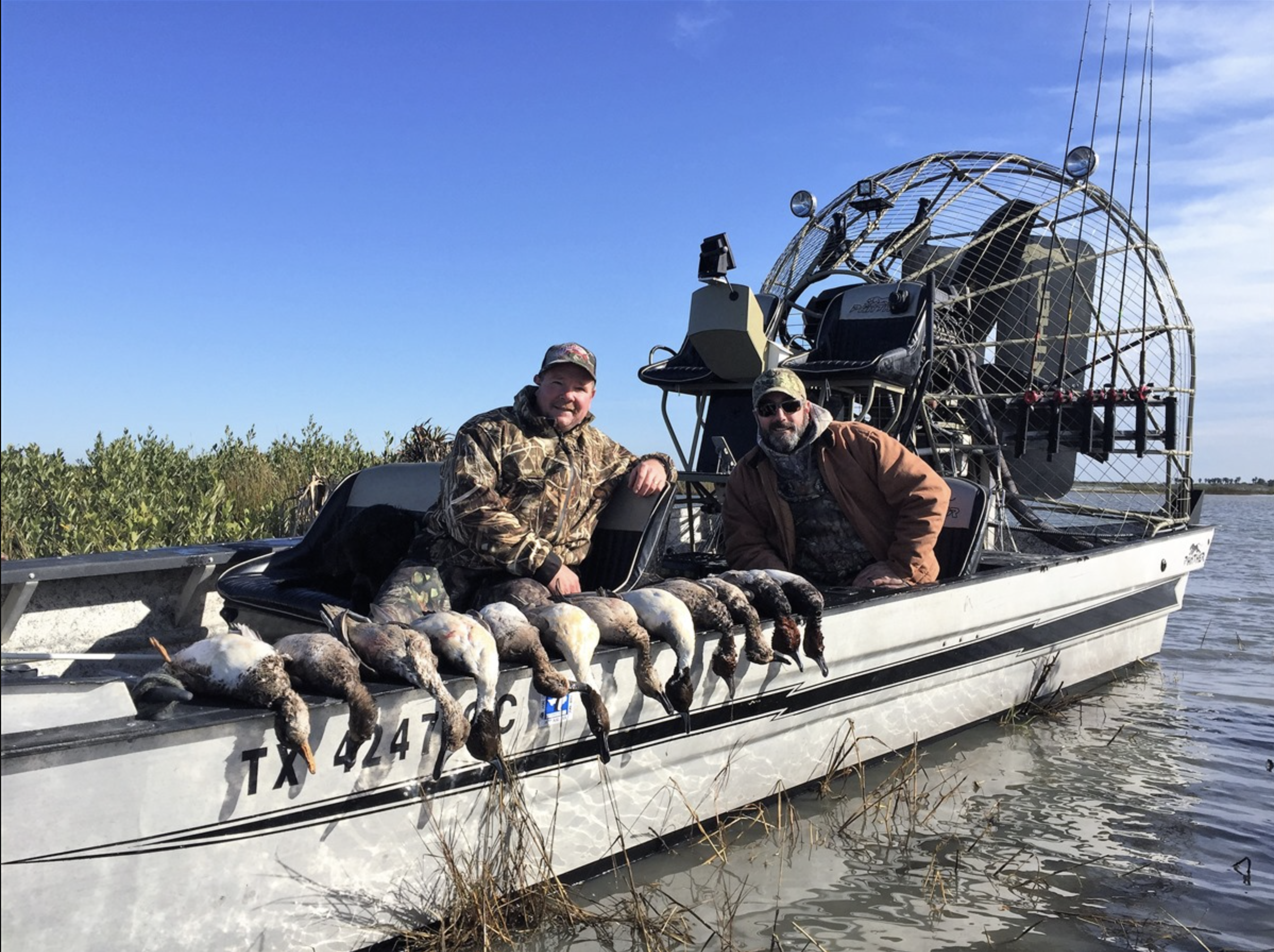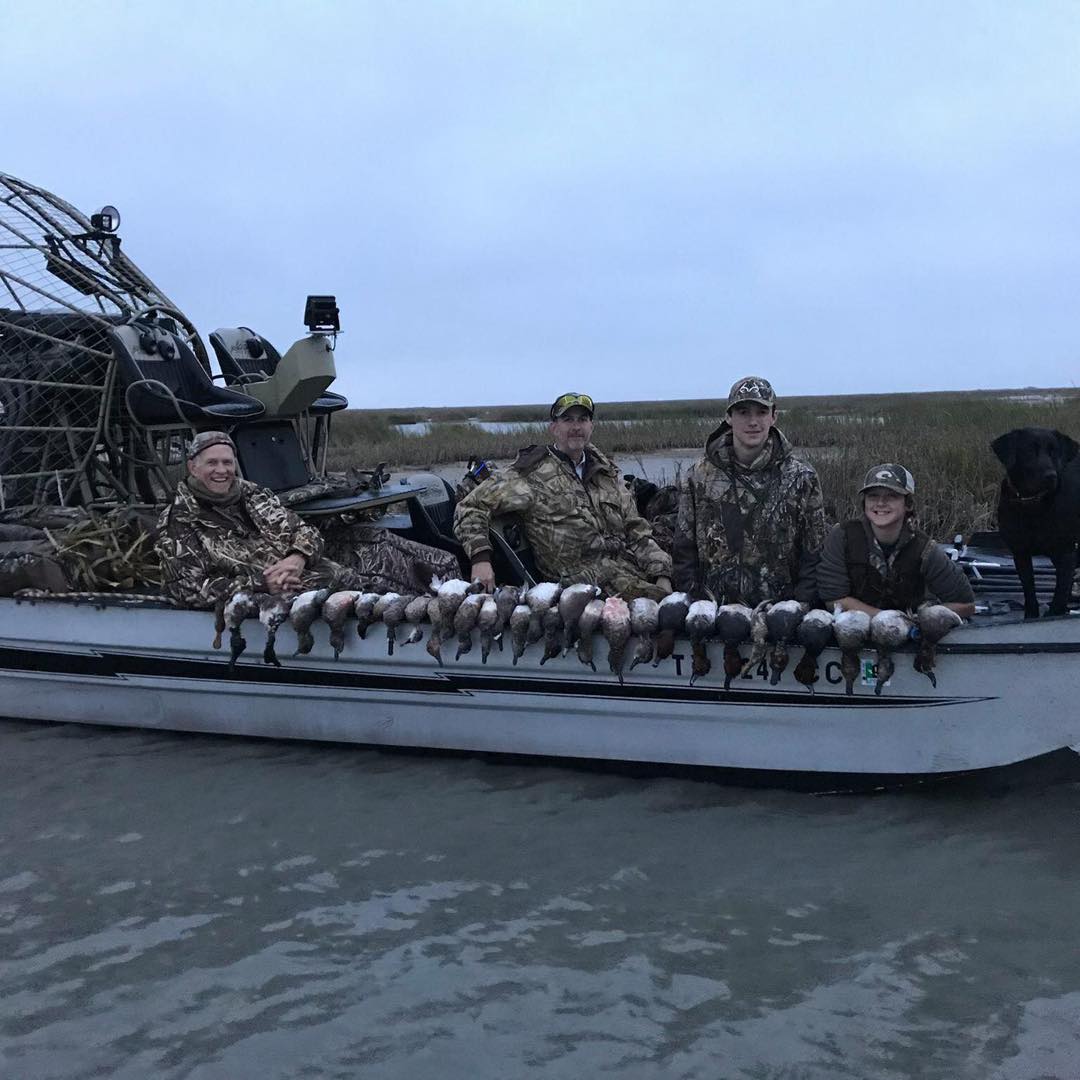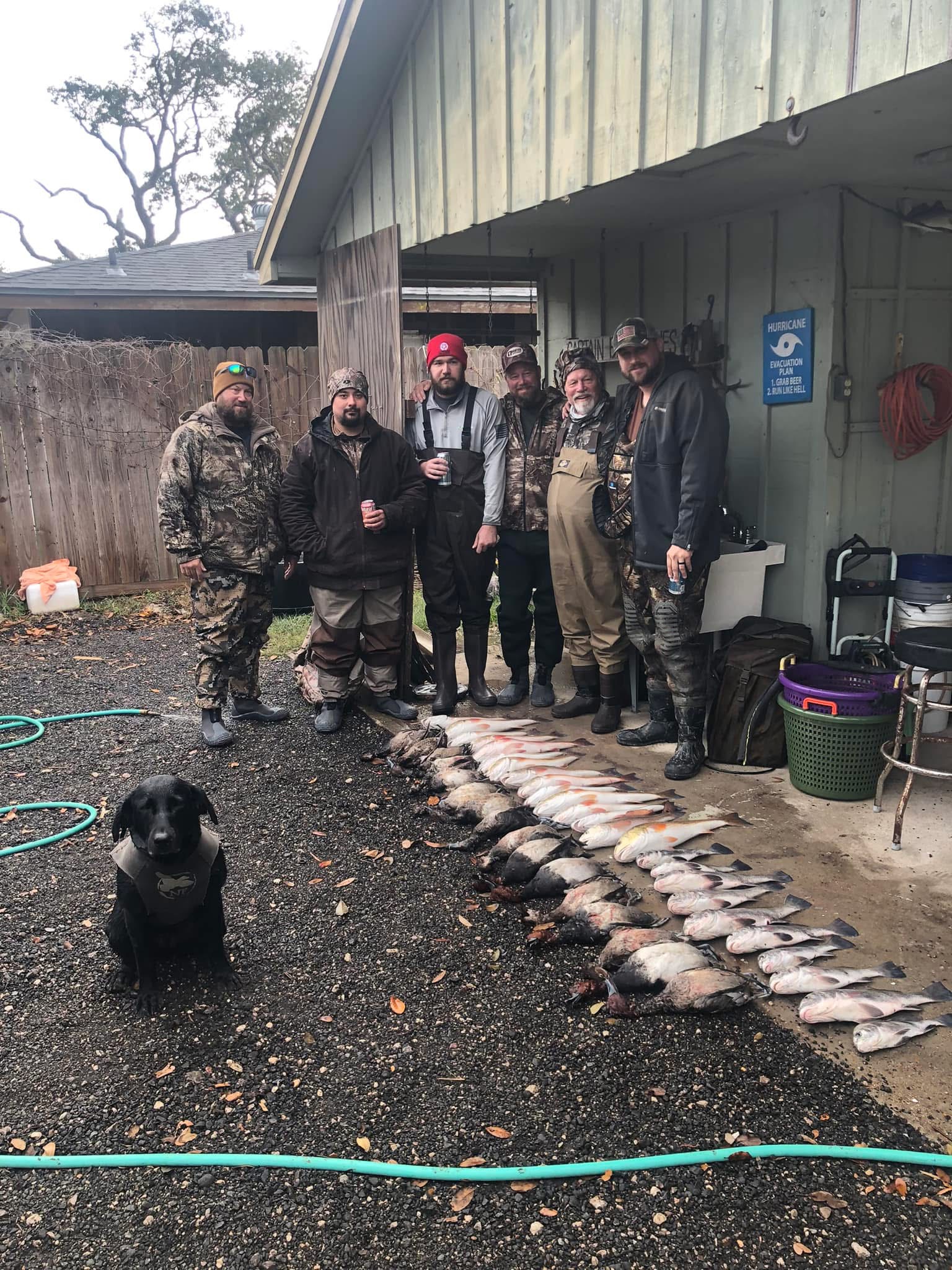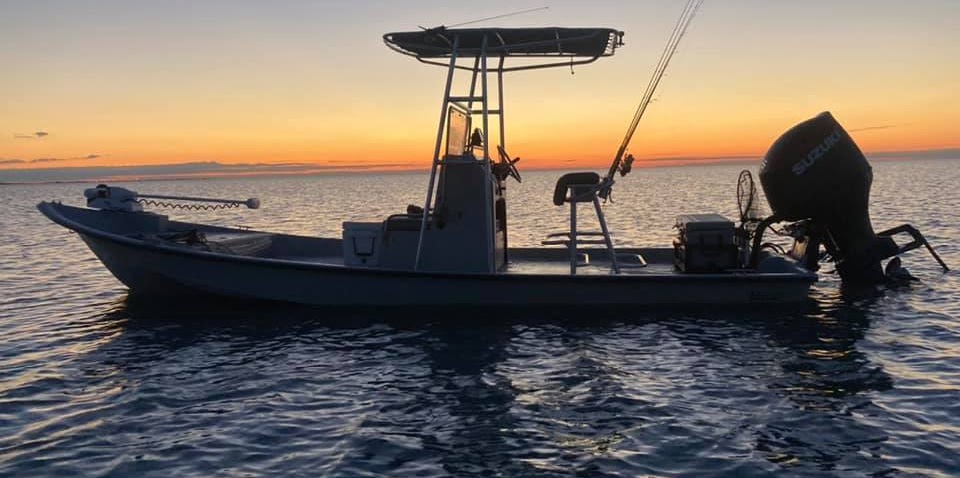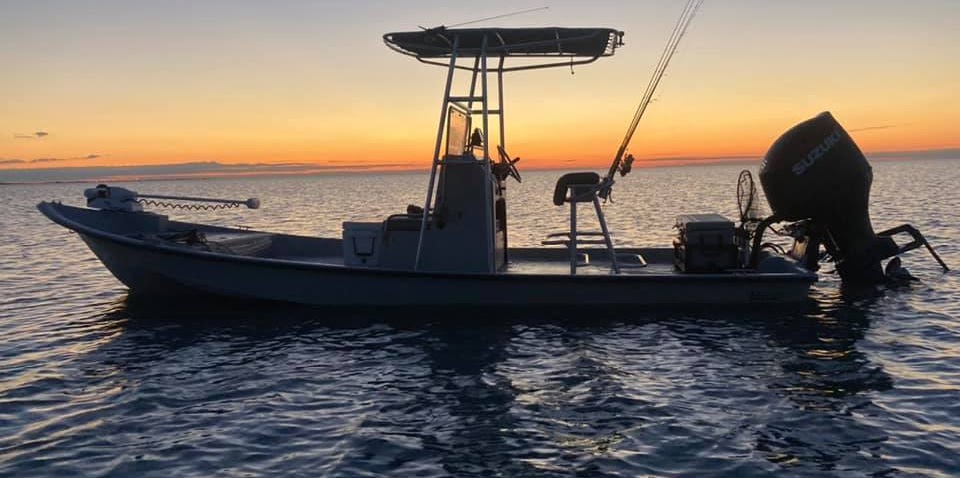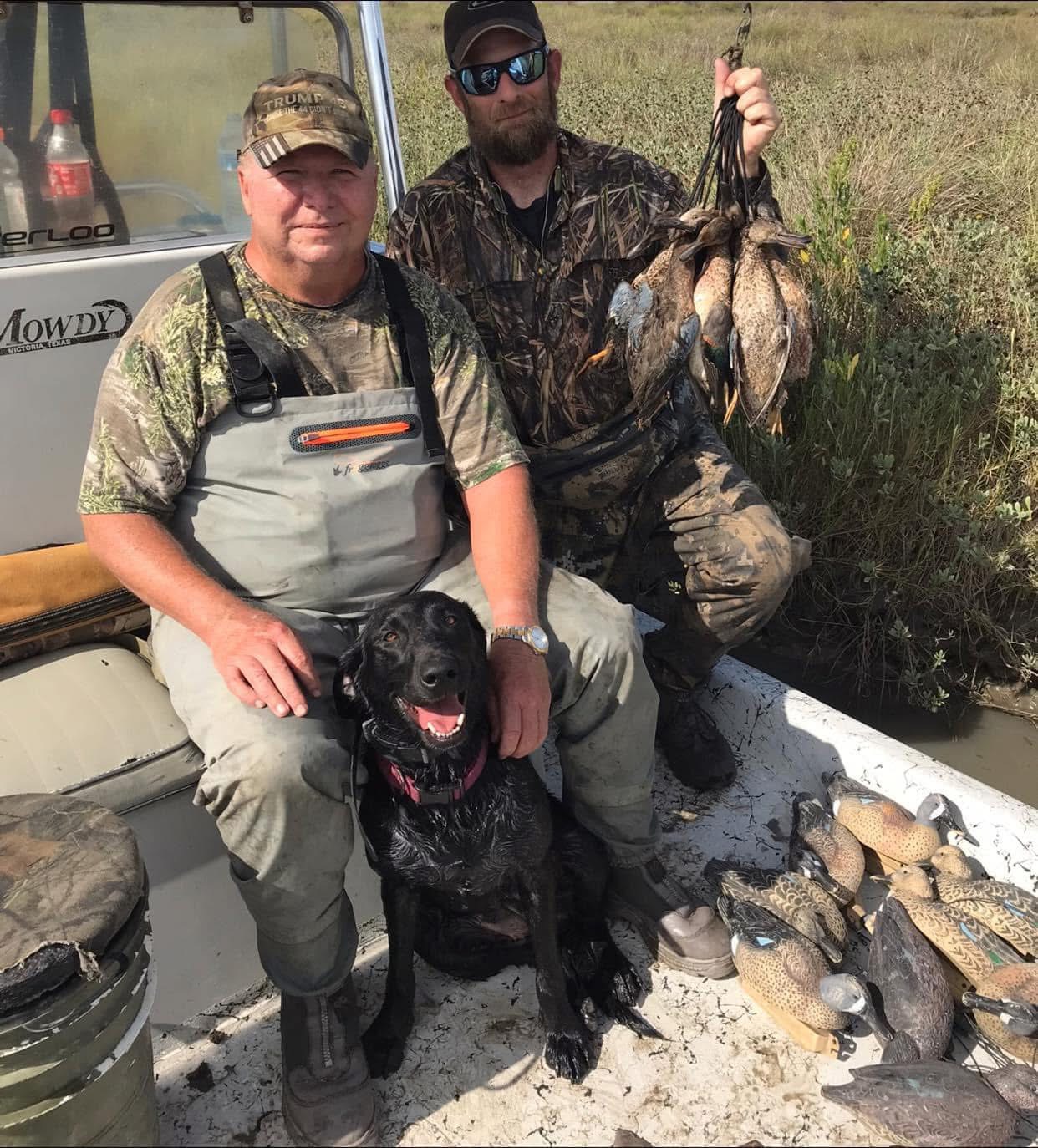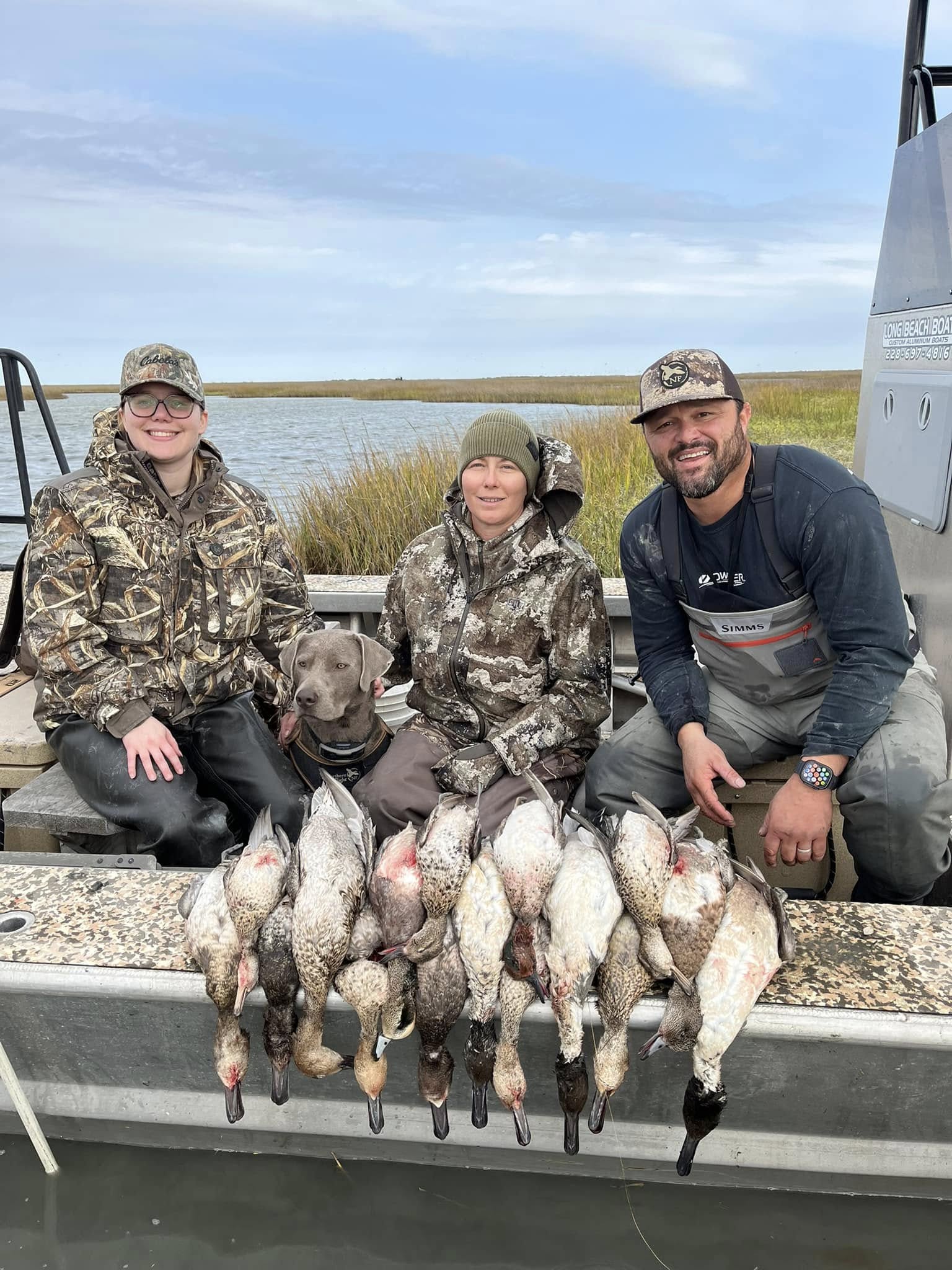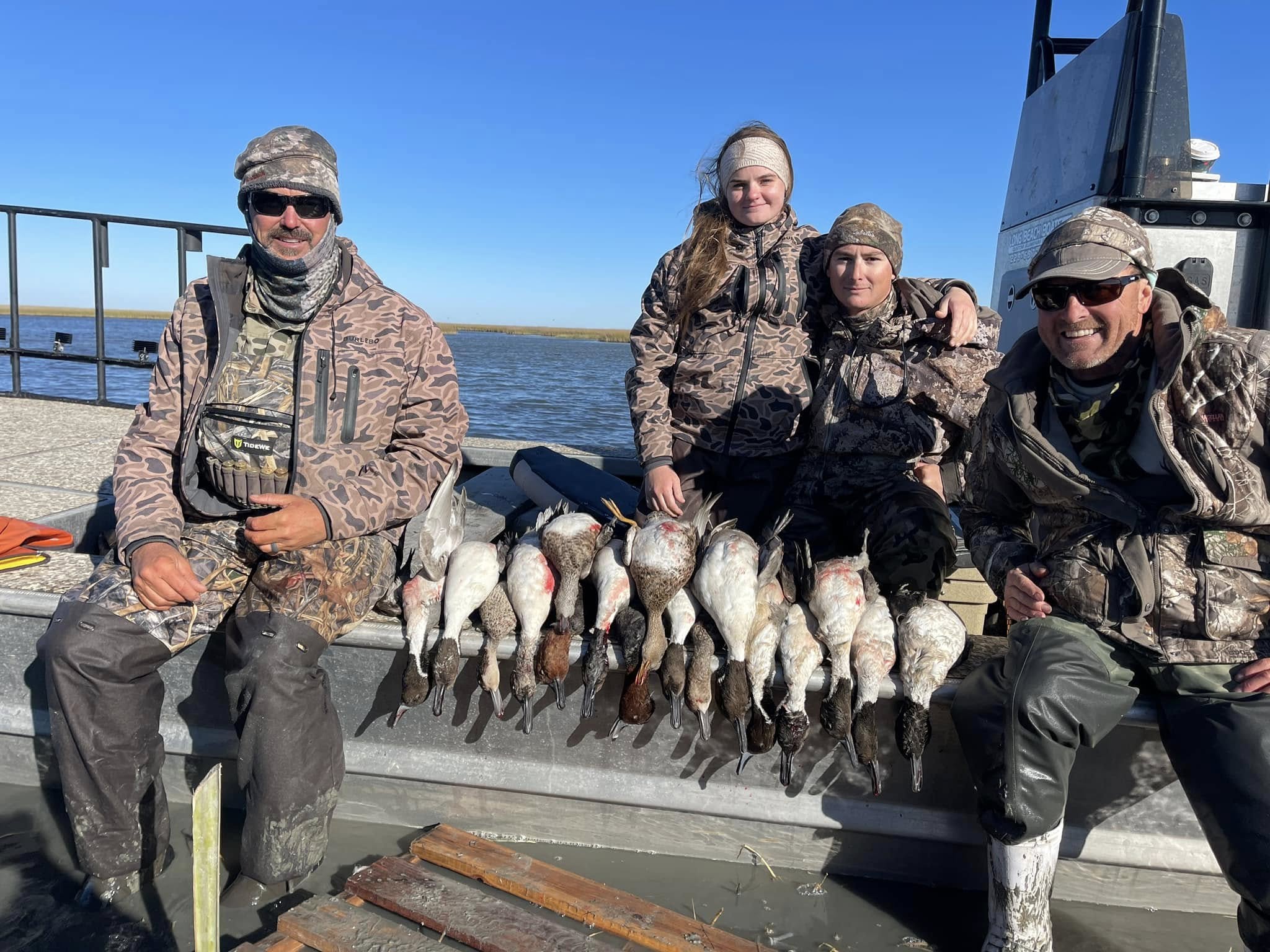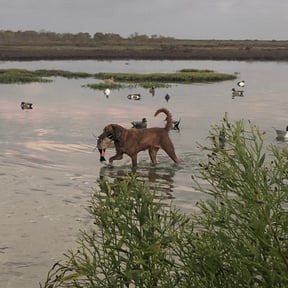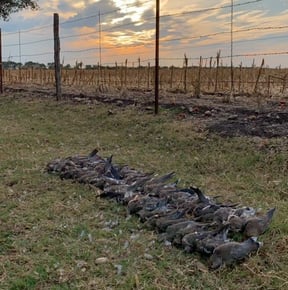Rockport Cast And Blast
Rockport Tx Duck Hunting
Duck Hunt & Gigging Combo
Rockport Tx Cast And Blast
Private Pond Duck Hunts
Cast And Blast Thrills
Coastal Duck Delight
Texas Coast Cast And Blast
Texas Coast Teal Hunt
Rockport Duck Slam
We started Captain Experiences to make it easy to book fishing and hunting guides around the world. With over 2,000 Damn Good Guides, our platform makes finding and booking a trip seamless. Head here to check out our trips.
Ducks are one of the most popular game animals in America. While there are infinite reasons for that, I’m sure many of us would still hunt every year even if we only downed one bird each season. Success is part of the fun but it’s not everything. A successful hunt where ducks are killed will still be remembered negatively if you are wet and cold or miss half of your shots. Taking the steps to take care of the fundamentals sets you up for success and will take the sting out of a bad day but make the memory of a good day live forever in your mind. Here are the basics to be successful on a duck hunt.
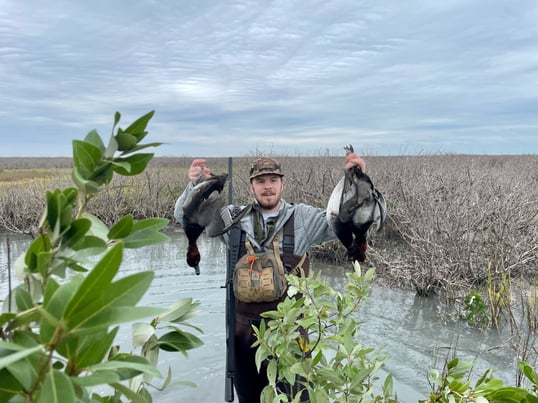
Learning to Identify Ducks
Having a general idea of what to expect on a hunt is helpful but knowing how to pick out and identify individual ducks is one of the most important skills for any waterfowler. For new hunters, learning to identify waterfowl in the air can be overwhelming. There’s an incredible variety of duck species and conditions they fly in that makes their identity even harder to accurately call on the fly. To help you be more effective in the blind and stay on the right side of bag limits, here’s what you need to know.
What to Look For
Learning to identify a bird you’re unfamiliar with requires you to learn and use several distinct cues. With all game birds, typically there are several markings you can identify in the field that you need to learn to make an accurate identification. One marking, clue, or feature on its own is rarely enough to identify a bird in flight with nearly 100 percent accuracy. Seeing shiny green feathers on the head of a duck might mean it’s a mallard but, male northern shovelers also have similar coloration. However, the distinctly-shaped bill on a north shoveler is the key feature that sets them apart. Here are five types of field marks you can use to accurately identify birds.
Duck Identification Tips
Explore different habitats.
You might want to run off and visit the closest lake to your house, but don’t neglect hidden ponds, creeks, or wetlands. Many species of dabbling ducks can commonly be found in these shallower areas.
Be patient, quiet, and still.
As with all wildlife, some duck species are particularly skittish and take off at the first sign of danger. There’s a chance they will circle back so don’t give up right away. Take it slow and have a plan. You’ll be surprised what pops out of the vegetation or a small hidden channel.
Choose a duck and follow it.
There’s a good chance you’ll end up looking at a mixed bag of waterfowl species at some point and it can be overwhelming to it all in. Choose one duck from the group and watch it. Focusing on one duck will give you a lot of insight into its behavior. As it moves around you will get to see it from multiple angles and how it interacts with other species. Ducks have tons of personality and the more you watch them, the easier it becomes to pick them out of a crowd.
Identifying Ducks for New Hunters
If you’re a new waterfowl hunter, starting off by hunting with a guide or seasoned hunter is the best way to rapidly absorb critical information. Heading off on your own without being able to identify birds could land you on the wrong side of strict waterfowl bag limits. When you get started working on your waterfowl identification, explore several locations where you can get closer to the birds and have a better look. Starting your waterfowl identification adventures off with a distant flock of birds in the middle of a lake will be more frustrating than informative. Many of these identification tips will take some time to fully grasp, but once you get a good look at the bird and understand what you see, you’ll be set.
Essential Duck Hunting Gear List
When you first begin waterfowl hunting, it’s very overwhelming. You have to learn how to think like a duck, make a good hide, call, set up the decoys, and know what gear you need, plus many other details that matter.
While I can’t solve every duck hunting issue for you, I can give you a list of gear you’ll need on your first or 1000th hunt so you won’t waste your money on equipment you’ll never use.
1. Shotgun and Shells
Taking a shotgun is pretty apparent. The main thing is ensuring it has a plug that only allows it to hold three shells. While I prefer a pump shotgun, I use a semi-auto, and I’ve found they’re less reliable than pump shotguns.
Speaking of shells, you’ll need steel shot or another type besides lead when waterfowl hunting. You can use several different shot sizes, and everyone has their favorites. My preference is 4 shot for ducks and BB for geese, but 12 gauge seems to be the most popular. Many argue that 12 gauge shotguns are the best for waterfowl hunting because the shells are easy to find and they can handle a wide range of birds.
2. Camo & Clothing
Unless you’re hunting in a dry field, you’ll likely need waders and a waterproof jacket. I try to use a camo pattern that best matches my surroundings, but that’s not always possible, which is why blinds are critical.
I prefer breathable waders—they’re easier to walk in, and warmer on cold days when adequately layered.
Waterproof gloves are a must-have; a hunt can turn miserable and dangerous if your hands get cold and wet.
When I hunt in a dry field, I wear insulated pants and boots to keep me warm. The camo pattern typically doesn’t matter as much because a layout blind covers me up. However, the pattern matters much more if you’re not using a blind to hide.
3. Decoys
Decoys are expensive and, in my opinion, overrated. I’ve hunted over decoys that were 30+ years old and used brand new, top-of-the-line decoys and limited out with four or more guys with both.
That’s why I believe beginners should buy used decoys or the cheapest decoys you can find. It doesn’t make sense to spend thousands of dollars on a hobby you’re just trying, so test the waters using cheap decoys.
If you notice the birds are flaring, more than likely, it’s your hide, not the decoys. I know old-timers that used to use painted pop bottles as decoys.
There are many different types of decoys from different species, full-body, silo-socks, silhouettes, shells, floating, spinning wing, and pulsars. I recommend getting the most common species in your area; that’s typically mallards.
If you plan to hunt mostly fields, get full bodies, silo-socks, or silhouettes.When hunting water, floating and pulsers work well. spinning wing decoys can work in both locations, but the ducks will get suspicious of them, especially in late season.
The number of decoys you need will depend on where you’re hunting. When hunting small areas, typically two dozen is plenty of decoys. In larger open spaces, such as crop fields, you’ll likely need more than 10dz.
If you hunt with one of Captain Experience’s Damn Good Hunting Guides, they’ll have the right type of decoy and know just the right ones to put out.
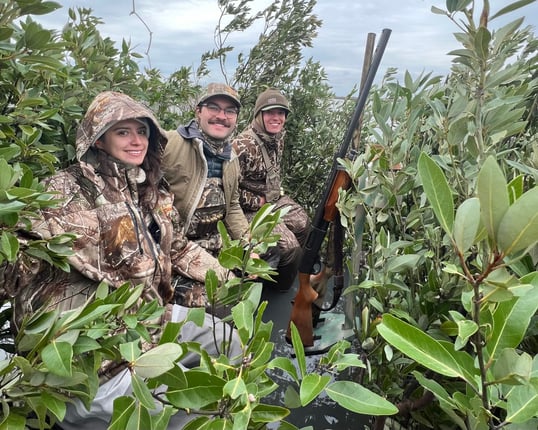
4. Gear & Blind Bags
There are countless gear bags on the market of various styles. My favorite is a waterproof or water-resistant backpack. Backpacks are easy to carry and get everything you need stuffed inside. Another style I’ve used is the blind bag which is a small camo duffle bag. Almost any bag can be a decent blind bag just make sure there’s enough room for shells, gloves, calls, and a few other essentials like toilet paper.
5. Blinds
After waterfowl hunting for decades, I’ve found the one thing more important than anything else is the hide. You must be hidden, or the birds will flare, and you’ll never get a shot.
You can put a blind on your boat, kayak, or in the field. I’ve built many blinds when hunting private property. You’ll need to understand the laws when making a blind on public property, as I’ve found they change from location to location.
Whether you buy a blind or build a blind, ensure it blends in with the surrounding environment.
If you don’t have a blind while hunting in a field, try packing the decoys around you as close as possible and hiding underneath them.
6. Duck Boat
Duck boats have many different forms. It can be the decked-out 20ft surface drive, a kayak, or a Jon boat with a small outboard.
This is one item you don’t have to have, though it helps you reach places others can’t or are unwilling to go.
I don't recommend purchasing a boat if you’re just getting into duck hunting. It’s best to wait until you’re sure you like your new hobby and have time to pursue it. If you’re just starting out, need access to a boat, or just want to try hunting a new spot, booking a guide is a great way to go.
Take’ Em
Getting caught up in the latest and greatest hunting gadgets as a new or seasoned duck hunter is easy.
However, I prefer to keep things simple and inexpensive because hunting is an expensive hobby.
Here’s what you’ll need to get started duck hunting:
Shotgun and shells
Camo clothing, preferably waterproof
Gear bag
Decoys and decoy weights
Blind
Here’s what would be nice to have:
Calls (if you know how to use them)
Duck boat
Upgraded decoys
Bird dog
I learned to duck hunt from my dad and made friends who duck hunt. We all share our gear, so we don’t have to buy every piece of equipment. If you’re new to duck hunting, I recommend going with a buddy or guide willing to show you the ropes and teach you how to use your waterfowl gear properly. There’s a lot to duck hunting; take it slow and manage your expectations to have the best hunts possible. At the end of the day, ducks or no ducks, you’ll still have a damn good time just getting out there.
Quick Recognition of Dogs
No conversation about duck hunting is complete without mentioning dogs which are in fact the best part. Some prefer dogs of great pedigree for retrieving ducks but in reality almost any dog can learn to do it. They will happily swim through mud, muck, and waves to locate your precious birds with their nose., and then bring them back to hand. They are one of the greatest conservation tools in hunting: keeping you company, preventing lost birds, and never lacking enthusiasm.
Get Out There
Ducks continue to complete migration after migration, year after year because they adapt to the ever changing dangers along their route. Simply reading won't make you more successful, get out there and soon you’ll learn what works and what doesn't.
Joey Butrus
Updated on April 11, 2023
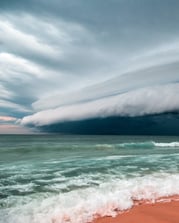
August 21, 2023

July 1, 2024
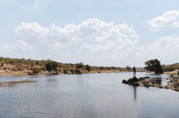
March 8, 2022
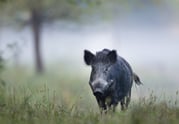
November 7, 2023
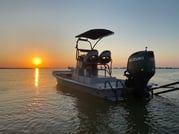
January 7, 2022
Related Articles
October 21, 2022
June 27, 2022
June 7, 2024
Featured Locations
- Fishing Charters Near Me
- Austin Fishing Guides
- Biloxi Fishing Charters
- Bradenton Fishing Charters
- Cabo San Lucas Fishing Charters
- Cancun Fishing Charters
- Cape Coral Fishing Charters
- Charleston Fishing Charters
- Clearwater Fishing Charters
- Corpus Christi Fishing Charters
- Crystal River Fishing Charters
- Dauphin Island Fishing Charters
- Daytona Beach Fishing Charters
- Destin Fishing Charters
- Fort Lauderdale Fishing Charters
- Fort Myers Fishing Charters
- Fort Walton Beach Fishing Charters
- Galveston Fishing Charters
- Gulf Shores Fishing Charters
- Hatteras Fishing Charters
- Hilton Head Fishing Charters
- Islamorada Fishing Charters
- Jacksonville Fishing Charters
- Jupiter Fishing Charters
- Key Largo Fishing Charters
- Key West Fishing Charters
- Kona Fishing Charters
- Lakeside Marblehead Fishing Charters
- Marathon Fishing Charters
- Marco Island Fishing Charters
- Miami Fishing Charters
- Montauk Fishing Charters
- Morehead City Fishing Charters
- Naples Fishing Charters
- New Orleans Fishing Charters
- New Smyrna Beach Fishing Charters
- Ocean City Fishing Charters
- Orange Beach Fishing Charters
- Panama City Beach Fishing Charters
- Pensacola Fishing Charters
- Pompano Beach Fishing Charters
- Port Aransas Fishing Charters
- Port Orange Fishing Charters
- Rockport Fishing Charters
- San Diego Fishing Charters
- San Juan Fishing Charters
- Sarasota Fishing Charters
- South Padre Island Fishing Charters
- St. Augustine Fishing Charters
- St. Petersburg Fishing Charters
- Tampa Fishing Charters
- Tarpon Springs Fishing Charters
- Venice Fishing Charters
- Virginia Beach Fishing Charters
- West Palm Beach Fishing Charters
- Wilmington Fishing Charters
- Wrightsville Beach Fishing Charters

